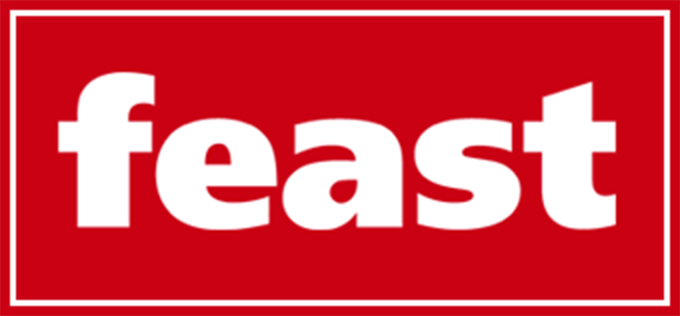Are the platforms that once redefined modern connection at risk of losing relevance? As the global reach of connection platforms continues to grow, so do the expectations placed upon them.
In mid-2025, over 350 million people around the world used these platforms. This number is expected to surpass 500 million by the end of the year, according to several industry projections. The fastest growth is now happening in India, Southeast Asia, and across Africa. Widespread internet access and social change in these regions are making these apps more common each month. By 2031, forecasts expect the total user base to reach 750 million.
However, new downloads no longer match this global user growth. Total annual downloads peaked at 287 million in 2019 but have since declined. Many existing markets such as the United States and parts of Europe have reached a high point of saturation. Users tend to stay on one or two main apps, so companies can no longer rely on a wave of new registrations. This means the industry needs to focus on keeping users satisfied, engaged, and willing to pay for extra features.
Revenue: Upward Trends with a Catch
Annual revenues from relationship platforms climbed near $6.2 billion in 2024. Projections for the next two years put revenue between $7.2 and $13.1 billion. Match Group controls a large portion of this, gathering $3.5 billion from platforms such as Tinder and Hinge. By 2034, the total market value could double from around $5.6 billion to $11.3 billion.
Yet, a wide gap exists between the number of users and those paying for premium services. Approximately 25 million users globally choose paid subscriptions. That is a small slice of the hundreds of millions who download these apps. The future of making money will depend on offering features and packages worth paying for.
Intensifying Competition and Community Segmentation
Tinder draws the most downloads and revenue and holds the strongest position in North America. Bumble has slowly grown to become the main alternative, with Hinge showing gains among younger professionals. Many new platforms target smaller communities or people with similar interests. However, a small number of major players still dominate in terms of profit.
Exploring Relationship Choices in Modern Apps
People now use these platforms for many types of connections. Some are looking for serious commitments, while others want more casual chats or friendships. Different platforms have responded by tailoring their features. For example, some apps are dedicated to long-term matches, while others focus on meetups for activities or specific lifestyles.
New models, such as a sugar daddy dating app, and platonic meetup platforms highlight the range of choices available. Group chats, video calls, and personality quizzes appear alongside these, showing how platforms adapt to many preferences. This approach keeps people engaged by matching them with what fits their lives.
What Users Now Want
People no longer feel uneasy about meeting through these apps. About three out of ten people in the United States say they have used them. The process is familiar and widely accepted.
There has been a shift among young adults, who now expect different features. Gen Z and Millennials are asking for video-first options, more honest interactions, and platforms designed for more genuine relationships. They place a higher value on privacy, effective moderation, and fairness in how matches are made. Many want tighter controls against fake profiles, harassment, and content that breaks the rules. Pew and SSRS surveys support these observations.
Feedback also shows growing interest in smarter matchmaking. Many want the use of artificial intelligence to find better connections, not just match preferences. They want tools that help with compatibility, not only appearance.
Safety and Regulation: Pressure to Deliver
With growth have come problems. There have been reports of online abuse, fake profiles, and privacy complaints. As a result, governments in different countries are considering or have begun making rules about age checks, keeping user data safe, and setting standards for moderating content.
User opinions differ. Some report positive encounters, but many others say they are frustrated by ghosting, bots, and a lack of clarity about how matches are picked. Companies must take these complaints into account to maintain trust.
Innovation Beyond Swipes
Many apps update their features to improve how people meet and talk. This includes games, video calls, matchmaking quizzes, and even virtual events. Community-based activities and options that combine offline meetings with digital matching are becoming more common.
Some apps have shifted their approach to meet these demands. Hinge changed its focus to supporting relationships and showing real success stories, which attracted more people looking for lasting connections. Bumble expanded, letting users find friends and networks. Meanwhile, older platforms that stuck with the usual swipe and chat model saw less engagement.
Looking Forward: What Must Change
Data from multiple sources suggest a need to balance technology and user needs. Platforms that do not offer better matchmaking, useful moderation, and transparent policies will struggle to keep users. Growth in new markets may continue to drive numbers up, but keeping these users active will need ongoing work.
There is a push for better privacy, careful use of data, and clarity about how profit is made from paid options. Legal requirements are increasing in some countries, so compliance will be vital for staying in business and trusted.
More people now expect a richer, more authentic way to meet others online, not only simple chats or quick matches. Investment in video, interactive platforms, and organized group activities is already happening. Artificial intelligence, if used carefully and openly, could make matchmaking more accurate and useful.
The Way Forward: Adapt or Lose Users
To remain profitable and trusted, these platforms must rethink how they attract, engage, and protect users. Relying on established formats and old features will not be enough. Ongoing investment in safety, privacy, smart technology, and creative ways to meet will set platforms apart. The market is likely to reward those who focus on real connections, modern features, and honest policies.



